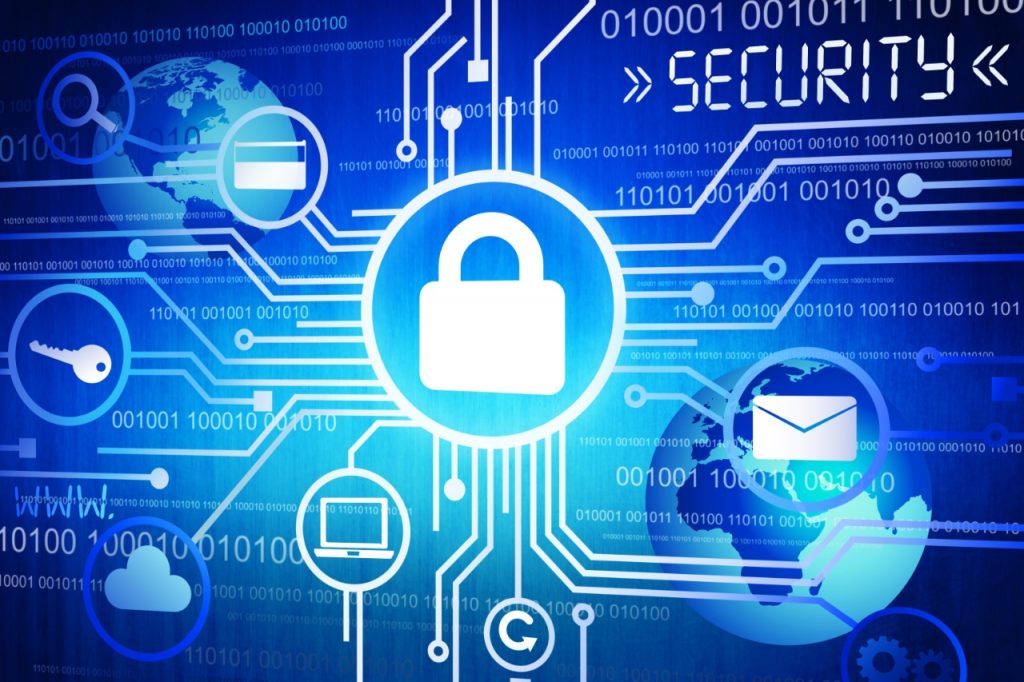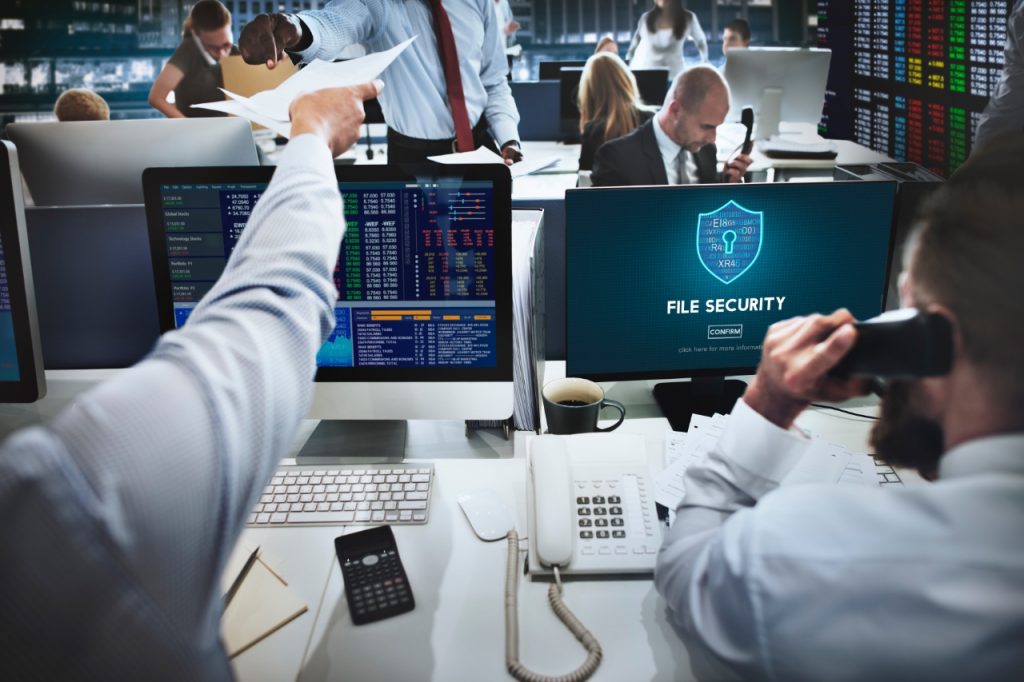This increase is not surprising, considering how much of life has shifted online – from remote work to Zoom Yoga classes. However, it also means that it’s more important ever to stay on top of your cybersecurity game. Taking routine measures to protect your sensitive data can save you huge amounts of grief and thousands of dollars.
How to Do Cybersecurity Audit
With everything going on at the moment, it’s been all too easy to treat digital security as an afterthought. If you feel that you’ve not been paying enough attention lately, doing a cybersecurity audit of your digital life can get you up to speed. Here is what to do and what to watch out for.
1. Check If You’ve Been Breached
To start with, rip off the band-aid and find out whether you’ve already been breached. If you know your data is out there, you can take steps to recover it or change your information. For one thing, check for typical signs of being hacked, such as fake antivirus messages, unexpected software installs, and strange network traffic. For another, use breach detection software and online tools to determine if any of your accounts have been hacked.
2. Update All OS and Applications
Make sure to keep all your OS and apps up to speed. Taking the time to do regular updates can be a minor inconvenience, and it’s often tempting to tell your computer or phone to “Try again later.” However, most data breaches exploit known vulnerabilities that have often already been fixed in the latest versions of apps and OS. Not installing updates means exposing yourself through known weaknesses.
3. Audit Your Passwords and PINs
This may sound like a bit of a no-brainer, but experts estimate that weak passwords and PINs still account for 80% of hacking-related breaches. To protect yourself, consider using a password manager that will help you generate and store secure passwords. Or use one of the many memorization techniques that circulate on the net to maintain password hygiene. Crucially, make sure to set a secure PIN code on your phone. Some methods of unlocking your smartphone, such as pattern swipes, are extremely easy to bypass.
4. Enable Two-Factor Authentication
Two-factor authentication may take a few seconds out of your day, but it does add an extra layer of security to any account for which it is enabled.
5. Encrypt Your Devices
Encryption makes sure that even if hackers manage to steal your data, they won’t be able to read it. While it’s enabled by default on iPhones and most recent Android devices, it’s still a good idea to optimize your encryption settings. On your desktop, you can set up a system to encrypt your cloud files and your hard-drive.
6. Review Your Communication Channels
Next up: Check how secure the various apps you use for communication actually are. While your personal messages to family and friends might not interest hackers too much, business communication certainly does. Zoom, while essential for countless remote teams during the pandemic, has recently come under fire for misleading customers about its encryption, which left data vulnerable. Make sure that you’re using encrypted, secure channels to exchange sensitive information. Business-grade VoIP services, as well as apps like Telegram or Silence, can offer this level of protection.
7. Consider a VPN
Especially if you’re working remotely, Virtual Private Networks (VPNs) are essential. They create an encrypted connection between your device and the server which you want to use. If you have to access sensitive client or business data as part of a remote team, for example, this encryption is crucial.
8. Install Top-notch Antivirus Software
The quality of antivirus software differs. Ensure that you have up-to-date, reliable, and reputable antivirus software installed to protect yourself properly. Especially if you’ve been using the same provider for a while, check recent rankings to make sure they perform well in comparisons. Also, schedule routine virus scans and enables all necessary permissions so that your antivirus can do its job properly.
9. Monitor What You Post
Part of auditing your digital security is also to go over your social media accounts and adjust settings there, perhaps even delete a few posts. We’ve all heard stories about people posting vacation pics and coming home to find their home burgled. However, what’s mentioned less often is that a lot of information on your accounts can also compromise your digital security. In countless cases, answers to security questions – from your mother’s birthday to your pet’s name – are often just a profile search away. Adjust your settings so that this information is not publicly viewable.
10. Keep up with the Latest Scams and Phishing Attempts
Finally, it pays off to keep up to date with current scams and phishing attempts. These attacks are becoming more and more subtle in 2020 – a long shot from the classic Nigerian prince approach. Googling recent scams from time to time or signing up for email updates, such as by the Federal Trade Commission (FTC) Consumer Information, can make you more aware of what to watch out for.
Conclusion
In 2020, there is no way to be 100% digitally secure. Hackers are developing ever-more sophisticated ways of getting at our information, and cybercrime is on the rise. However, there are effective ways to protect yourself. Performing a thorough audit of your digital life is one of them. From reviewing your passwords to signing up for a VPN, you can make life very difficult for anyone trying to get at your data.

